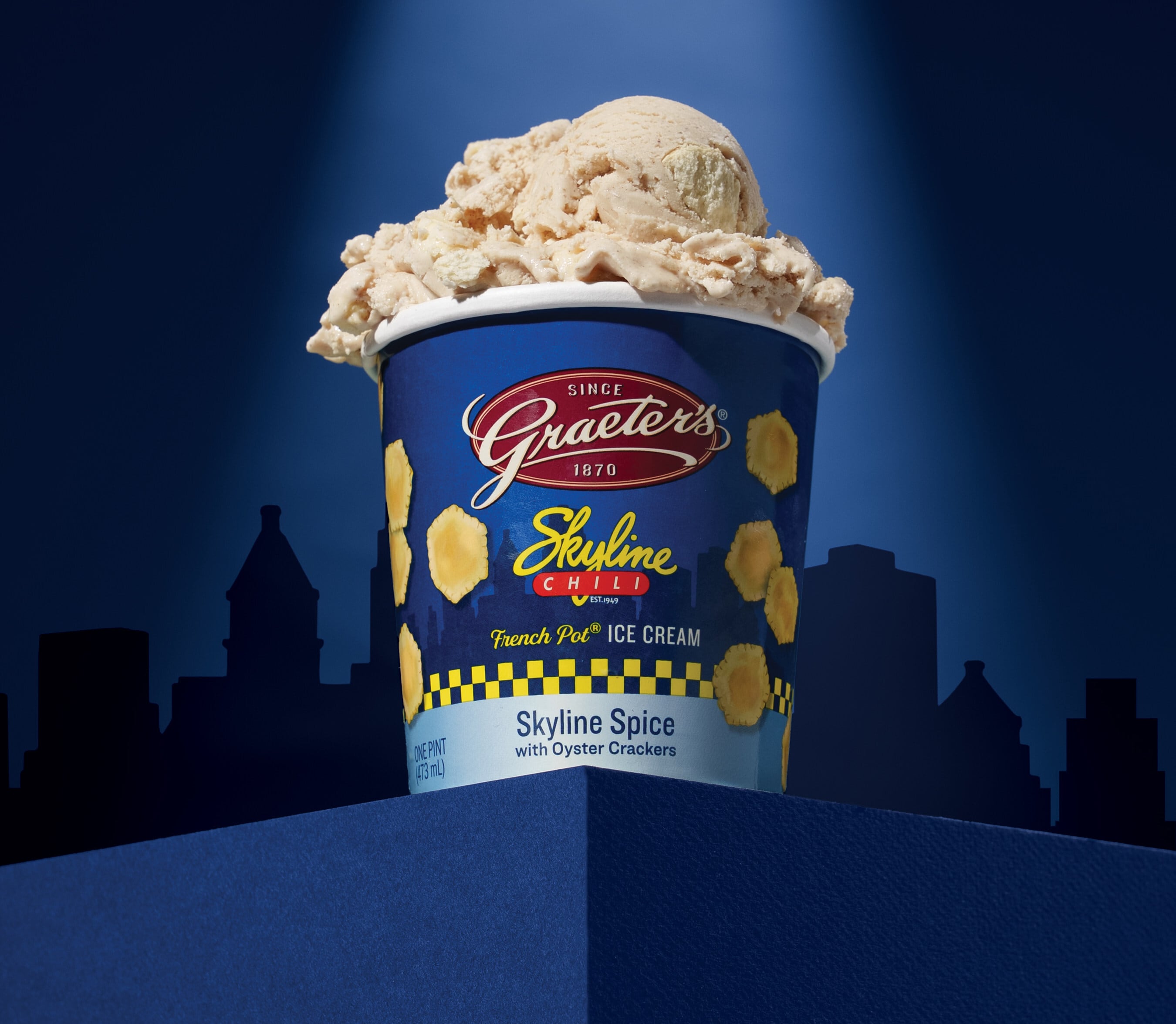Cheese is everywhere: from shredded mozzarella in the foodservice industry, to gourmet varieties at high-end restaurants and gastropubs. Fine food retailers want the best batches, as do their customers: from the discerning to the everyday Joes.
So what do restaurateurs want from cheese – and how much can their selection add flavor to a venue’s reputation and image?
Nick Bayne, head cheesemonger at The Fine Cheese Co. in the UK, says: “The difference is always what their purpose is. If we are selling our cheese onward to a cheese counter or a cheese shop, that’s a very, very different thing than a pub or a restaurant.
“A pub or a restaurant would frequently want a combination of things. Does this cheese make us stand out? Is this cheese crowd-pleasing that people will order again? Does this cheese stick with the theme of what we do? And how easy is it for us to serve?
“They’re not looking for something that falls apart. Kitchens have to work fast, prepare things in advance as much as possible. But kitchens also have to believe in what they’re serving.
“And so you have to kind of balance the combination of those things for a pub or a restaurant who is primarily serving that cheese on a cheese plate.”
If cheese is used in a dish, that’s a very different ball game, he adds. “Then you’re really looking for the right flavor and how the cheese will physically interact in the separation of that dish. That’s a slightly different concern.
“But again, you’re looking for what does this restaurant or pub represent? Are they a gastropub? Are they specifically like modern British? Are they traditionalists? Do they have a bit of a specific theme, let’s say Italian or Spanish? What will be that selling point? Where is it, even?” Pubs and restaurants tied to a particular region would typically want local cheeses on the menu.
For fine food retailers, it’s also different. “You’re looking for really what the customer want in that area, what they love, and based on that, what else might they be open to?”
Ultimately, it’s a matter of taste for everyone, from chefs to shoppers. “They want something that tastes absolutely bloody delicious that they will be happy with,” Bayne says. “What people want is quality and the right cheese for themselves.
“Time’s a tough right now: we’re all a little short on cash. So if you’re going to spend it and you’re going to spend it on something like cheese that comes at a bit of a premium, some more than others, it’d better be good.”
Which cheeses are in demand?
In the UK, Kantar data shows that continental cheese has recorded the strongest value and volume gains in the past year, with nearly 100 million kilos sold. Soft cheeses such as ricotta and fresh mozzarella are second with around 58 million kgs, with processed in third (43 million kg).
Territorial cheeses such as Caerphilly or Cheshire come next at 37 million kg, and mini portions (12 million kg) are followed by blues (around 9 million kgs).
Fresh cheeses also account for more than 40% of all cheese imports into the UK, according to CLAL data.
Blue cheese, while still the smallest in terms of category value, has gone up 3.5% in volume according to Kantar, and 5% up in value, suggesting a resurgence in the category.




